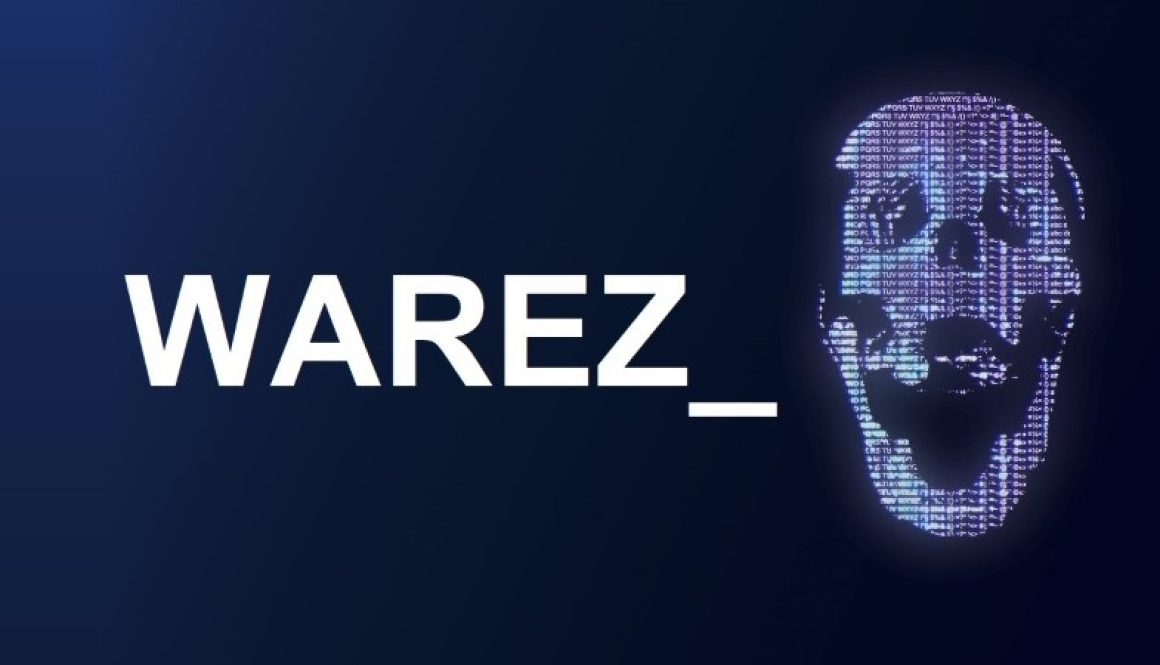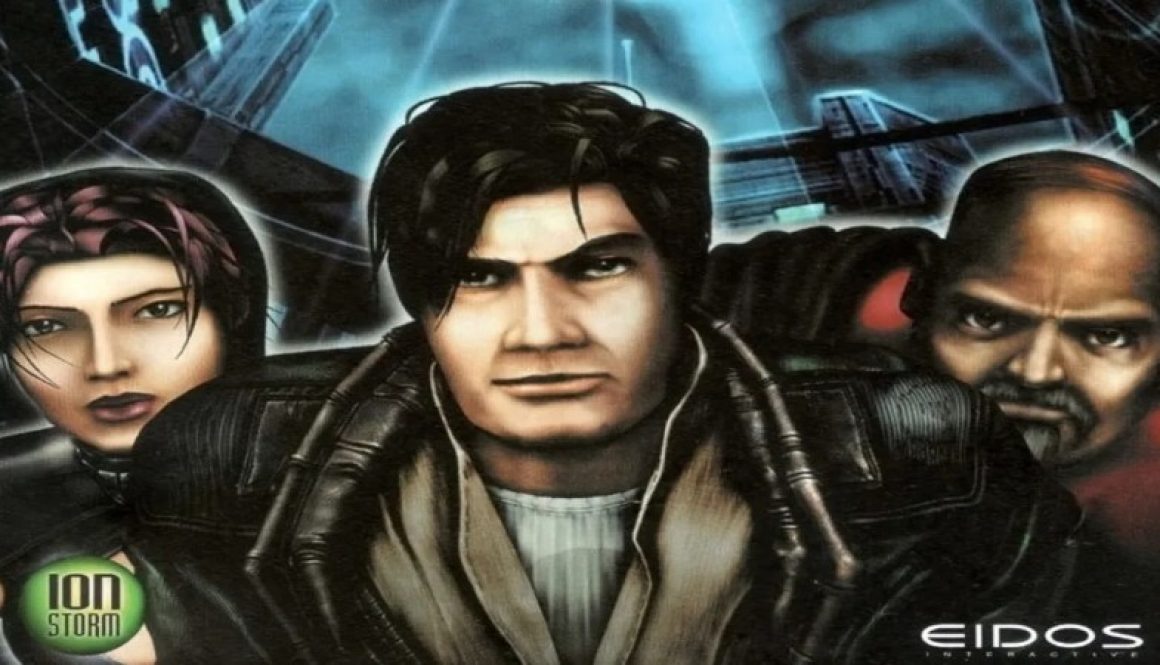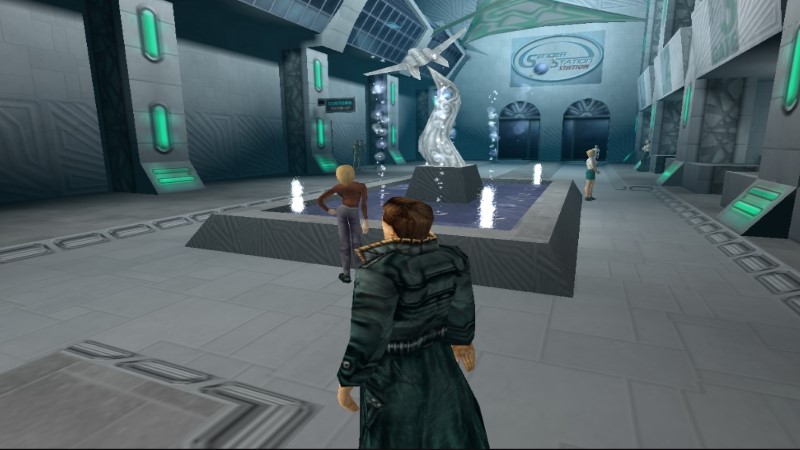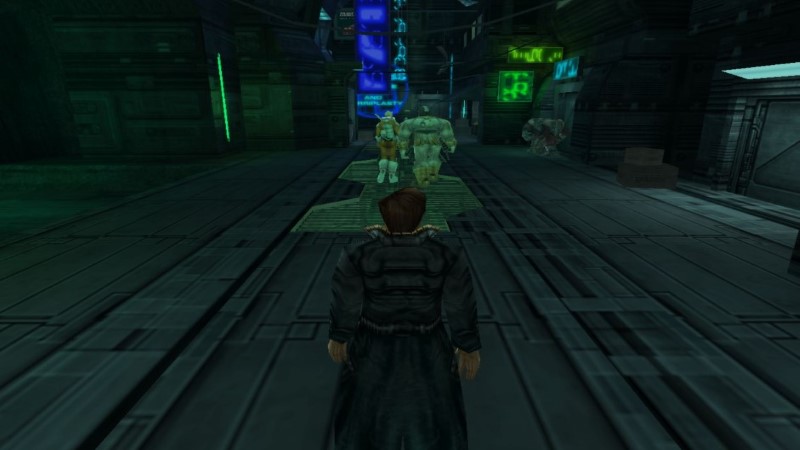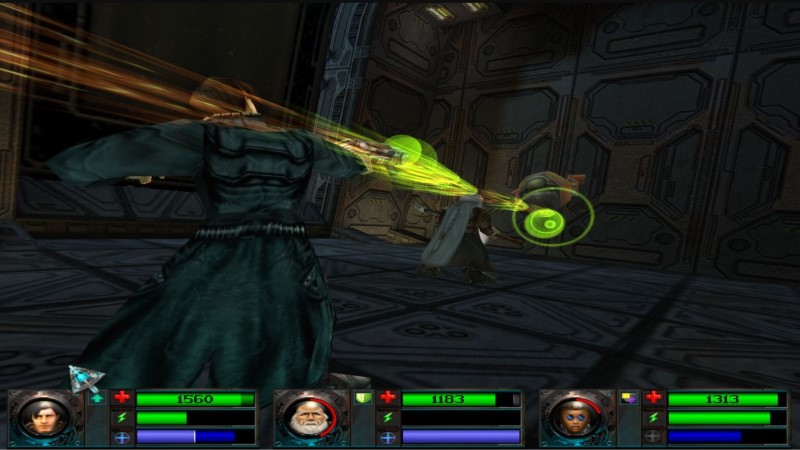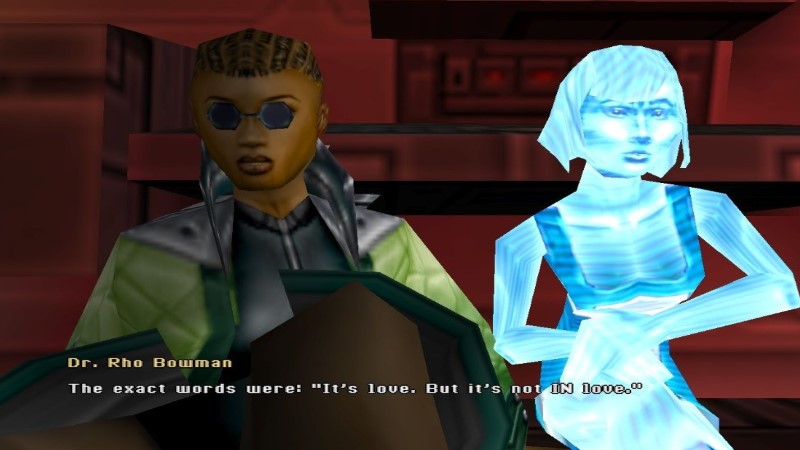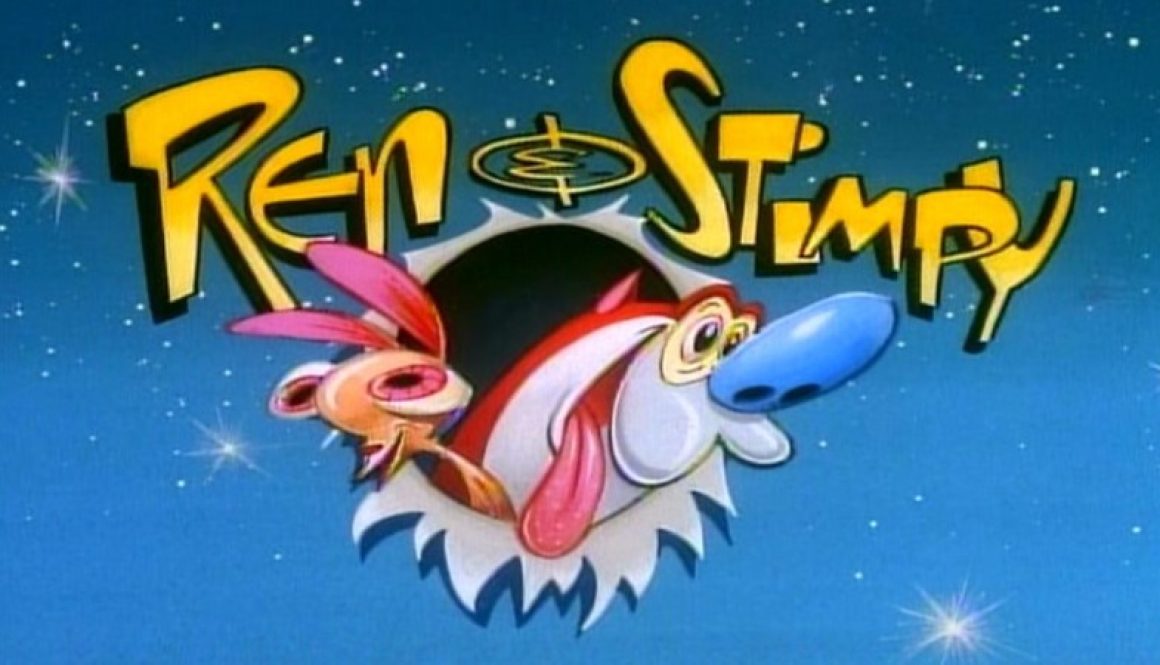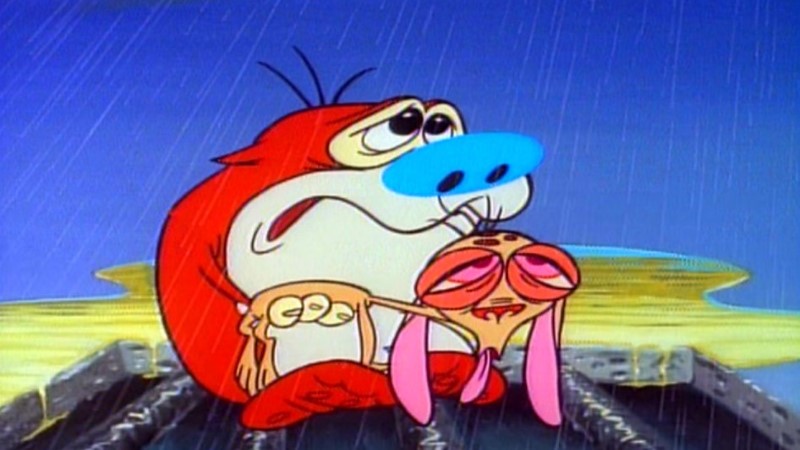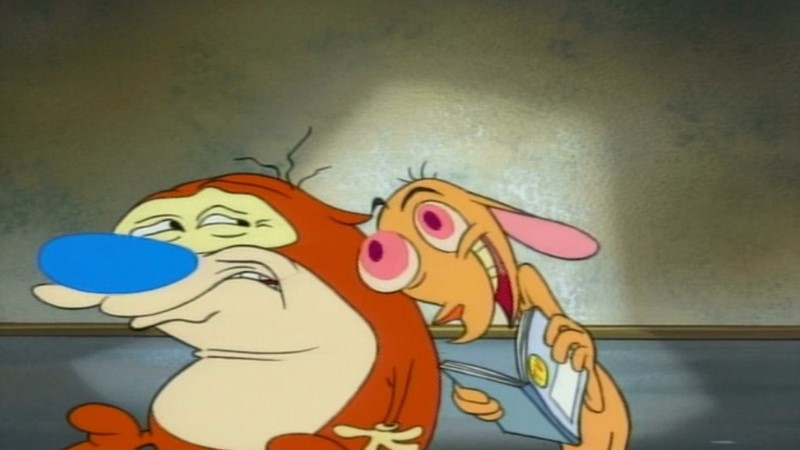Razor1911, Skidrow, Fairlight: The Rise and Legacy of Warez Groups
Note: This overview is intended strictly for informational and educational purposes only.
If you were online during the 1990s or early-to-mid 2000s, chances are you either stumbled upon or heard about mysterious “warez groups.”
To the average internet user, these were simply the people who cracked games and software, making them available for download on bulletin boards, IRC channels, early peer-to-peer networks, and eventually torrent sites.
But to those who paid attention, warez groups represented an entire underground ecosystem rooted in competition, technical skill, and a surprising sense of “honor among pirates.”
This article takes a historical look at what warez groups were, how they began, the major players like Razor1911, RELOADED, Deviance, FairLight, PARADOX, SKIDROW, CPY, HOODLUM, and others, how they shaped online culture in the 90s and 2000s, and where many of them stand today.
What Exactly Were Warez Groups?
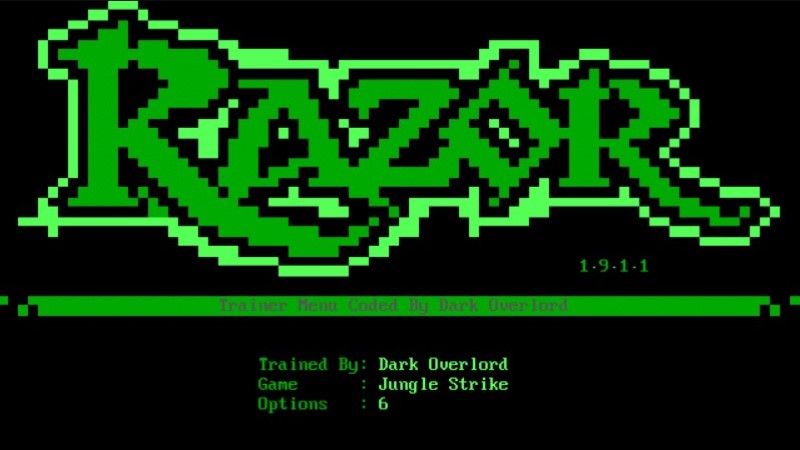
Warez groups were organized teams of individuals who specialized in obtaining commercial software, removing or bypassing copy-protection measures, and then repackaging and releasing the “cracked” versions online.
Their work most often revolved around PC games, but many also dealt with operating systems, productivity suites, movies, and console software.
Contrary to the assumption that these groups operated for financial gain, traditional warez culture strongly discouraged profit.
The motivation was largely driven by skill, reputation, and the thrill of beating the latest digital protection. Being the first group to crack a newly released AAA game or software title was a badge of honor. Groups kept score, and competition was fierce.
The Beginnings: 1980s and Early 1990s
The roots of the warez scene can be traced back to the 1980s, long before broadband internet existed. Early enthusiasts traded copied Commodore 64, Amiga, and PC games using floppy disks and dial-up Bulletin Board Systems (BBSes). Groups like The Humble Guys (THG), Quartex, and FairLight emerged as pioneers of the scene.
They would remove copy-protection from games and attach small digital “calling cards” in the form of cracktros; short animated intros that displayed their group name, digital art, chiptune-style music, and member credits.
By the early 1990s, the scene had become more structured. It operated with unwritten rules, a hierarchical lineup of roles (crackers, suppliers, couriers, testers, sysops), and a strong code of secrecy. Internal leaks or behavior seen as disrespectful to the scene could result in a group being banned or losing standing.
Late 1990s Through the 2000s
The late 90s and early 2000s are what most people consider the golden age of warez culture. As internet adoption soared and broadband became more common, releases spread faster than ever before.
File-sharing networks like Napster, eDonkey, Kazaa, and later BitTorrent helped propel warez releases to mainstream awareness.
Names like Razor1911, RELOADED, Deviance, FairLight, CLASS, PARADOX, iSO, HOODLUM, SKIDROW, Myth, VACE, DEViANCE, and later CPY, became legendary to many online users.
Razor1911, founded in 1985, became one of the most recognized names in the cracking world. Their iconic ASCII NFO files, which accompanied releases, were nearly as famous as the games themselves.
Razor1911 became closely associated with the PC game cracking scene throughout the 90s and 2000s, although they faced setbacks and re-emerged multiple times after law-enforcement operations targeted scene groups.
RELOADED, often stylized as RLD, gained massive notoriety in the 2000s for consistently high-quality and reliable game cracks. While some groups rushed releases that resulted in bugs or instability, RELOADED prided themselves on polished work. This reputation helped them become widely trusted among those who sought pirated games at the time.
Deviance was another standout group during the early 2000s. Known for their competitive nature and occasionally provocative NFO writeups, they were highly active and respected for fast releases and technically solid cracks. Deviance eventually faded from the scene, but their mark on warez history remains strong.
FairLight, one of the oldest groups still known today, began in 1987 and bridged the gap between the demoscene and the warez scene. Their cracktros in particular became admired for their artistic polish, blending technical skill with creativity. FairLight was swept up in major anti-piracy operations yet resurfaced multiple times.
PARADOX became a household name in the PlayStation and console-cracking side of the scene. They were known for cracking games and firmware for systems such as the PlayStation 1, PlayStation 2, and later the PlayStation 3. Their work often made gaming headlines and drew media attention.
SKIDROW later took center stage in the late 2000s and 2010s, especially when PC games began shipping with more aggressive DRM, such as SecuROM and Ubisoft’s online-check DRM. SKIDROW released many prominent cracks during this era and maintained a consistent presence well into the 2010s.
More modern groups like CPY (Conspir4cy) became notorious for defeating notoriously difficult DRM systems such as Denuvo, especially between 2014 and 2020. CPY releases often dominated gaming news sites whenever a major breakthrough was made.
Other groups frequently referenced include HOODLUM, UNLEASHED, DARKSiDERS, PLAZA, TiNYiSO, XFORCE, BAHAMUT, TNT, and ISO groups too numerous to list.
Why the Scene Captured the Imagination of a Generation
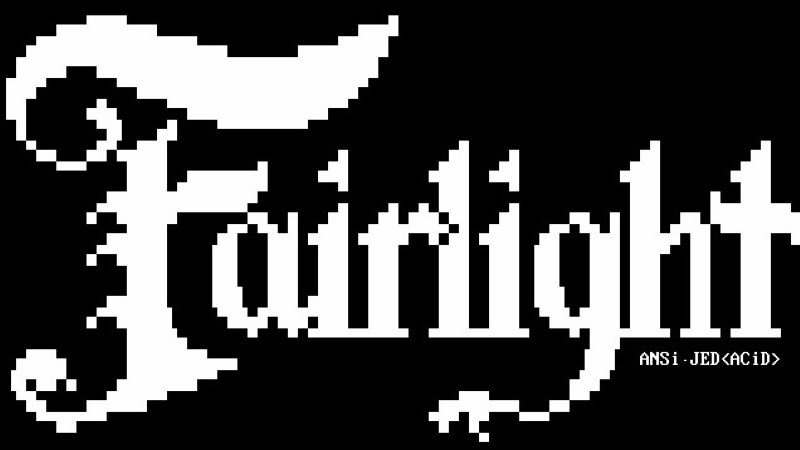
For many people growing up online in those years, warez groups became icons of a digital counterculture.
Before the era of streaming and widespread digital ownership, video games were expensive and sometimes geographically restricted. Warez groups, intentionally or not, provided access to people who otherwise had no way of playing certain titles.
Their releases also had a unique aesthetic. Cracktros, ANSI and ASCII artwork in NFO files, clever “installer jokes,” and internal rivalries gave the scene an identity that felt almost like a secret society.
While piracy itself was illegal, the cultural footprint of these groups helped spark discussions around digital rights, DRM, consumer access, and software preservation.
Law Enforcement Crackdowns
As the warez scene grew, it increasingly caught the attention of global authorities and corporate anti-piracy units.
The early 2000s saw major international operations designed to cripple scene groups. Operations such as Operation Buccaneer (beginning in 2001), Operation Fastlink (2004), and Operation Site Down (2005) led to high-profile raids, arrests, and the shutdown of servers.
Groups like DrinkOrDie, Razor1911, FairLight, and others were directly impacted during these crackdowns.
While these law-enforcement efforts did significant damage, the scene never fully disappeared. It adapted, decentralized, grew more private, and became far more cautious.
Where Are They Now?
Today, classic warez groups do still exist, but their activity is not as public or as frequent as in the past. Some operate quietly in the background, while others have gone dormant, faded out, or disbanded entirely.
Razor1911 has resurfaced multiple times over the years and continues to appear sporadically with new releases.
FairLight has also re-emerged periodically and remains a respected, if less active, presence.
RELOADED, once one of the most dominant groups of the 2000s, has somewhat faded from the scene. However, it’s been reported they were working with BTCR as of 2022.
Deviance has long been inactive.
SKIDROW still appears from time to time, though far less prominently than before.
CPY made headlines in the late 2010s for consistently breaking Denuvo, but has been quiet more recently. PARADOX was thrust into the news again in 2020 due to high-profile arrests linked to the group.
The nature of the modern scene has changed. Warez groups today operate far more privately, avoid the flashy cracktros that once defined the culture, and rarely interact with the public.
The digital ecosystem and the rise of legal distribution platforms like Steam, GOG, Epic Games Store, and Game Pass have also changed user habits, reducing the mainstream presence of warez culture.
The Cultural Legacy of Warez Groups
No matter one’s position on piracy, it is impossible to deny the impact warez groups had on internet culture.
They pushed digital rights protection to evolve, influenced cybersecurity research, preserved software that might otherwise be lost, and introduced a subculture that merged artistry, rebellion, and technical excellence.
Warez groups were a product of their time, shaping the online experience of countless users during the 90s and 2000s. For many, they will always represent a distinct era of the internet, when the web felt smaller, more mysterious, and full of hidden backdoors for those curious enough to search.
Their legacy remains a fascinating chapter in the history of digital culture. A legacy that reveals how technology, culture, and underground communities often grow hand in hand
Again, this article is meant strictly for educational and journalistic purposes.

